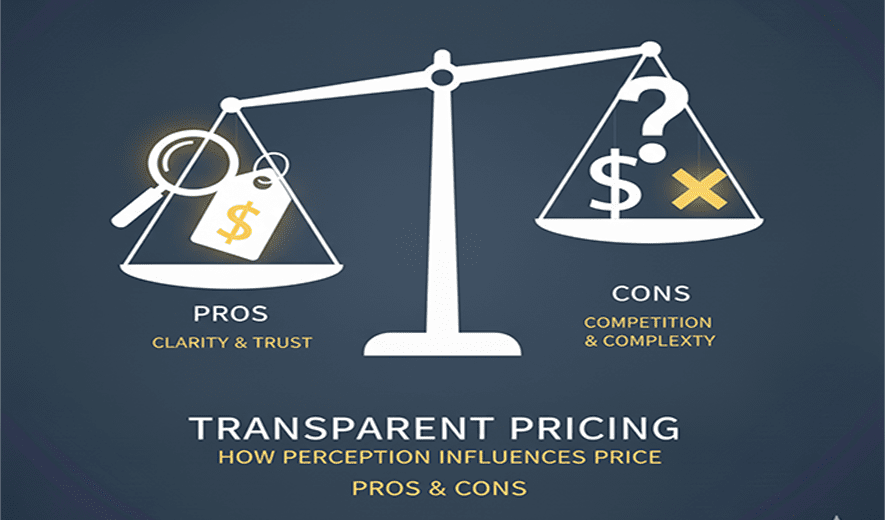
Transparent Pricing: Pros & Cons
Transparent pricing is the business practice of openly sharing all costs, fees, and pricing structures with customers. This honesty and clarity can build trust, enhance brand reputation, and attract customers who prefer straightforward dealings. However, transparent pricing also carries risks, such as increased competitive pressure and potential negative impacts on profit margins.
Pros of transparent pricing
- Builds customer trust and loyalty. By being upfront and clear about costs, businesses demonstrate honesty and integrity, fostering long-term relationships with customers. Research shows that a high percentage of customers are more loyal to brands that practice complete pricing transparency.
- Empowers informed decision-making. When customers have all the pricing information, including potential hidden costs like taxes or fees, they can make more confident purchasing decisions. This reduces buyer's anxiety and the friction in the sales process.
- Qualifies potential customers. Displaying pricing clearly helps filter out potential customers who cannot afford the service, saving both the business and the customer valuable time. This attracts leads who are serious and aligned with the value you provide.
- Creates a competitive advantage. In markets where competitors conceal their pricing, being transparent can be a unique selling proposition. It sets your business apart as trustworthy and customer-centric, particularly for small and medium-sized enterprises.
- Can decrease the sales cycle. Clear, easily accessible pricing can reduce or eliminate back-and-forth negotiations, streamlining the customer journey and shortening the sales cycle.
- Focuses attention on value. Instead of letting price be the only differentiator, transparent pricing encourages businesses to clearly explain the value behind their costs. This justifies the price and highlights what makes your offering superior.
Cons of transparent pricing
- Intensifies competitive pressure. When your pricing is public, competitors can easily analyze and undercut your prices. This can lead to downward price pressure and even price wars, which can reduce profit margins across the industry.
- Risk of commoditization. If competitors' products or services appear similar, transparent pricing can lead customers to view them as a commodity. This can make it difficult to justify a premium price and pressure you to compete solely on cost.
- May hurt profit margins. In a highly competitive market, transparency can limit your ability to differentiate prices and can squeeze profit margins, especially for businesses with high fixed costs.
- Could reduce customer inquiries. Some potential customers may decide your offering is too expensive based on the publicly available price without engaging further, which could cause a loss of leads.
- Limits flexibility. If costs fluctuate due to inflation or supply chain issues, it can be challenging to raise transparently listed prices without potentially alienating customers.
- Challenges for complex products. Businesses with highly customizable or complex offerings may struggle to provide a single transparent price. In such cases, they may need to provide a price range or use interactive tools instead of a flat rate, which may confuse customers.
